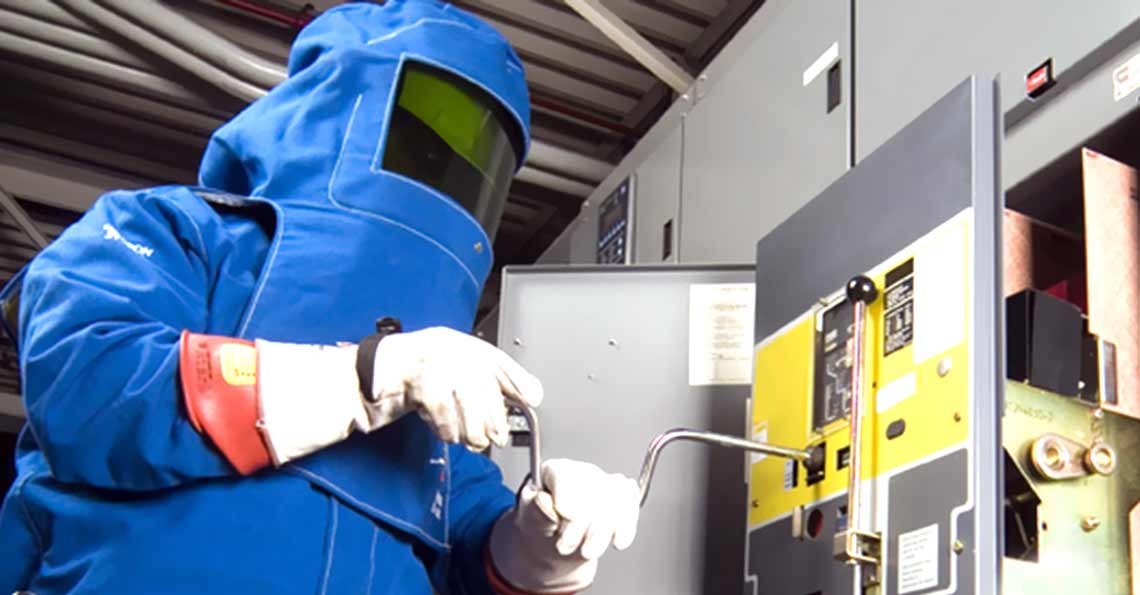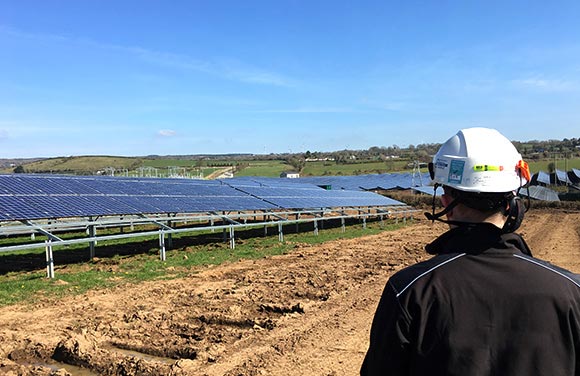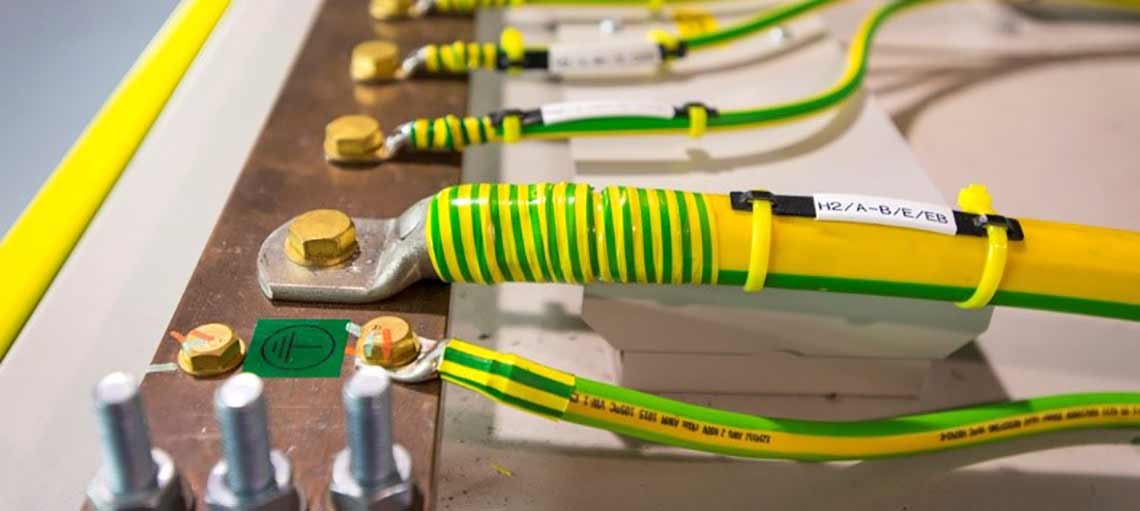
There are three common types of cell technologies, used in solar power generation in Australia:
- Monocrystalline cells
- Polycrystalline cells
- Amorphous/thin film panels
Monocrystalline Cells
Monocrystalline cells are made from a thin silicon wafer that is cut from a single large silicon crystal. The cells are then doped and current carrying conductors are either printed on cells or within the surface of the cell itself.
Generally monocrystalline cells have the highest efficiency, but this comes at a price, increasing your payback period (still within 5 years). A number of manufacturers make monocrystalline panels, including BP Solar and Sharp Solar.
Polycrystalline Cells
Polycrystalline cells are made from thin silicon wafers that are cut from a large cast billet. The billet is not a large single crystal, but many crystals clumped together, hence called “Polycrystalline”.
Polycrystalline cells are slightly less efficient than monocrystalline cells, but because they are square, can be fitted into the rectangular frame of a solar panel with high space efficiency. Polycrystalline panels are still slightly larger than monocrystalline panels of the same rating and the cells have current collecting grids printed onto them.
Amorphous/thin film Panels
Amorphous/thin film panels are made by depositing a fine film of silicon directly onto a substrate such as glass or stainless steel and are then coated in a flexible plastic protective layer. This technique produces panels with a lower efficiency than the cut wafer varieties, but has the advantage of eliminating the need for inter-cell connections.
Comparison
Panels made from Polycrystalline cells are the most common and cheapest. Their conversion efficiency is in the range of 13% to 15%. However, under elevated temperatures of 50°C panel temperature, the efficiency drops by around 20%.
Panels made from Monocrystalline cells are used in high reliability applications such as telecommunications and remote power. Their conversion efficiency is typically in the range of 14 to 17.5%. However, at elevated temp, the efficiency only drops by 10%, giving a more consistent power output and can be mounted on curved surfaces, backpack, tents or jackets etc...
Interested in more information contact us on 1300 206 964 or email: [email protected]






